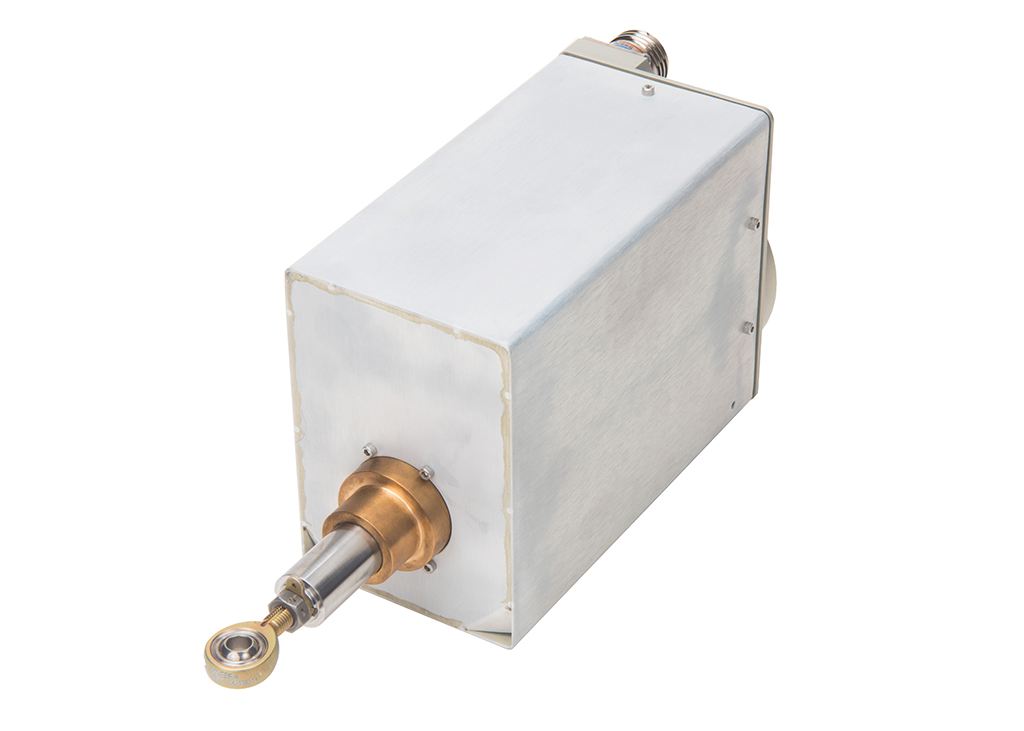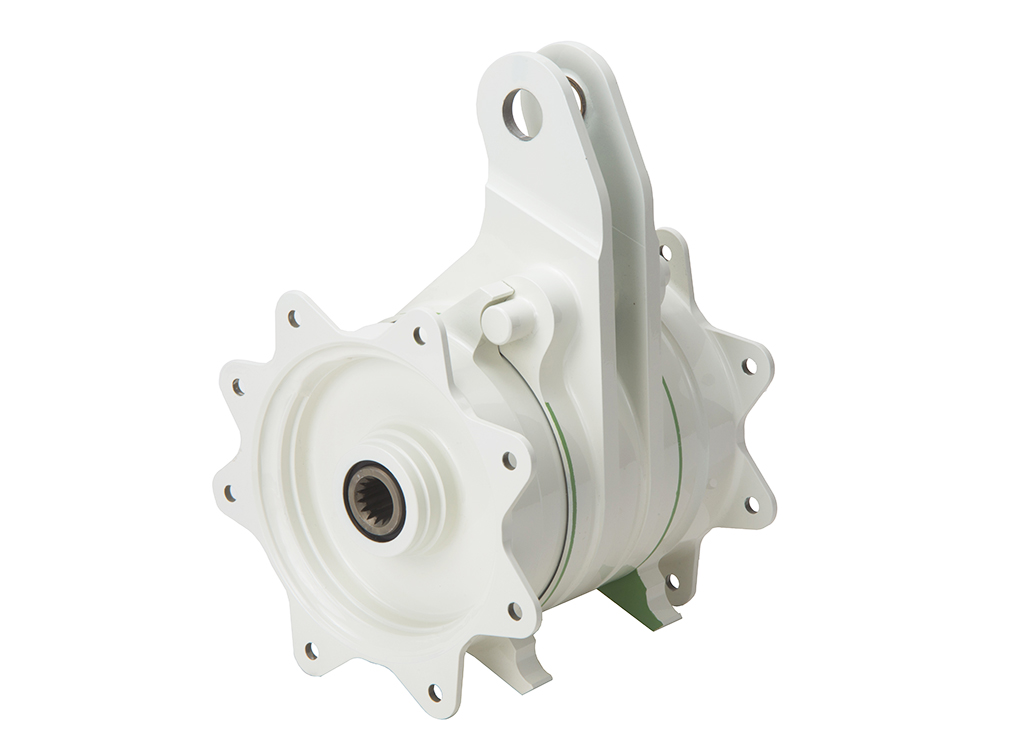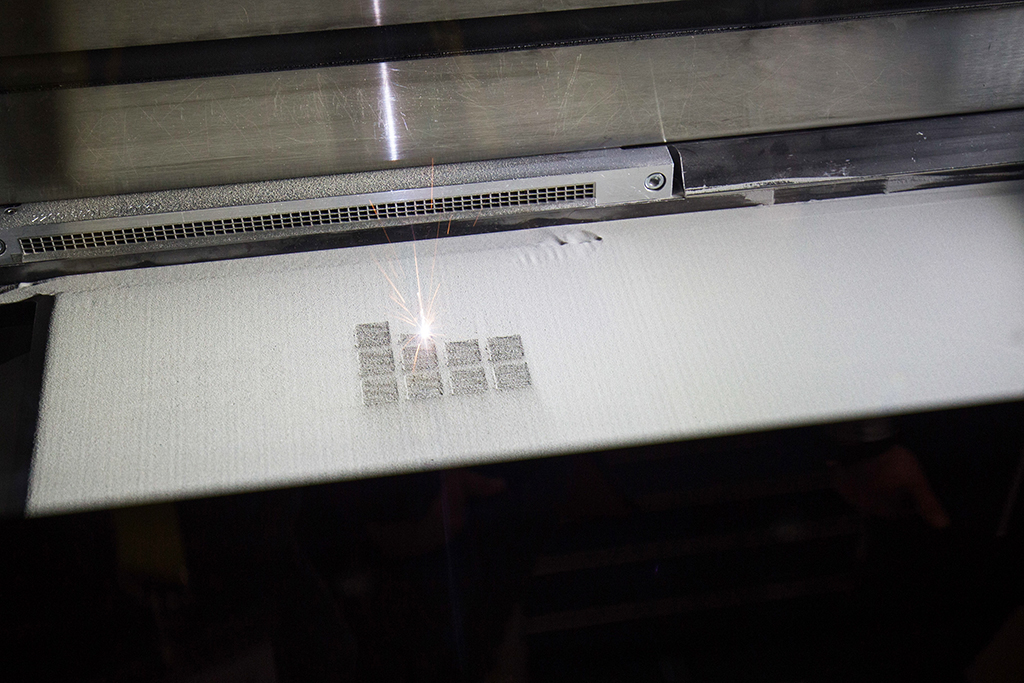New-Generation Aircraft Drive Actuator Engineering Advancements

Liebherr-Aerospace sees electro-mechanical actuators as replacements for servo-control actuators on legacy aircraft, but limited to less critical control surfaces, such as spoilers.
As new generations of conventional airframes enter service and electric advanced air mobility vehicles appear not far off, actuator OEMs are working to upgrade their products in a changing aerospace landscape.
The two major trends in actuator design are electro-mechanical actuation (EMA) and local hydraulic generation, according to Oliver Green, senior director of business development for Curtiss-Wright’s actuation division. EMA, he explains, is 100% electric, while local hydraulic generation uses “power packs” placed where the system actuation needs to take place, such as landing gear.
“The downside of local hydraulic generation is that it tends to be more maintenance-intensive than EMA,” Green says. “EMA is also gaining favor because it does not require the infrastructure, such as the considerable amount of piping, required by hydraulic actuation.”

In tandem, there is an evolving demand for “smart” controllers that can manage system actuation and perform health monitoring—and alter system performance rapidly with a software change. As Green explains, smart controllers tend to be lighter, smaller and more reliable. “They represent a major investment by Curtiss-Wright over the past few years,” he says.
Green cites the smart controllers for the main deck cargo door actuation system supplied by Curtiss-Wright for the new Airbus A350F. Located on the left side, aft of the wing, the system uses lift, lock and latch actuators, using high-voltage DC current. The design minimizes the weight of the actuation system by reducing the weight of the power drive system on the two controllers. “The weight reduction, specifically, comes from using smaller, lighter motor windings and cable harnesses,” Green explains. “Compared to comparable, older-technology doors, a weight savings of 15-20% is reasonable to achieve.”

Asked about challenges ahead, Green says that high flight-hour numbers will challenge durability and the reliability of electronics in the actuation system. “The next generation of aircraft will likely use more electronic systems in general,” he notes. “Therefore, these systems need to be more reliable in order for the aircraft to meet its dispatch reliability target. We are being pushed to improve for the future.”
Nowhere is Green’s prediction more relevant than for the coming wave of fixed-wing urban air mobility (UAM) and electric vertical-takeoff-and-landing (eVTOL) vehicles, which he says are driving actuator technology developments toward EMA, along with weight-reduction concerns. “These aircraft are pushing power densities and efficiencies, which are being accomplished through lighter-weight materials and higher voltage generation,” he says.
Glynn Thomas, Moog Aircraft Group’s chief engineer for actuation, says UAMs are “changing the actuation landscape.”
“This trend seems to be accelerating, with more demand for these types of vehicles,” he says. “Failure modes, which could not be tolerated on traditional manned military or commercial aircraft, permit more electric solutions for UAMs.” Thomas predicts that as the flight experience of these solutions accumulates verified failure-mode data, it is expected that they will gradually transition into crewed vehicles.
Thomas adds that improved power densities of electric actuator solutions will continue to be the main driver in their adoption. “At the vehicle level, this will clearly include power extraction and/or battery technology,” he says. “Technology developments from [the automotive industry] will likely migrate to aerospace.”
Asked if more hydraulic actuator systems are being replaced by electro-mechanical types, Thomas says that while this is a growing trend, there is still a conclusion that—considering power density, risk and failure modes—hydraulic, or partial hydraulic systems, remain suitable options “with positive attributes for some aircraft, depending on size and application.”
Stan Griffin, director of engineering, fluid power and actuation at Triumph Group—a specialist in landing gear and utility system actuation—says that from a supplier’s perspective, there are two trends.
“First, with our traditional customers—commercial transport, military fixed-wing and vertical-lift, and business jets—we do not see much changing with actuation,” he says. “These customers want robust, reliable, proven solutions with low development risk which favors traditional hydraulic actuation.”
The second trend, Griffin says, comes from the eVTOL, hybrid, urban mobility market, which typically wants all-electric actuation.
“As we work with these customers, sometimes the hydraulic solution still comes out as a preferred one for system weight and better reliability,” he notes. “But many still want electro-mechanical actuation.”
For UAM vehicle developers who want all-electric activation, the path forward is not without its issues, Griffin stresses. He points out that the biggest technology challenges are with EMA—particularly when it comes to landing gear applications.
“The issue of reliable free-fall (powering the landing gear down)—or alternate extension schemes—to overcome motor failures, gear failures or ball screw jams is still an obstacle that needs to be overcome,” he cautions. “Not all landing gear configurations lend themselves to landing gear gravity fall, so multiple solutions may need to be developed.”
He adds that the incorporation of mechanical locking features within EMAs also needs to be developed to replace traditional mechanical locking hydraulic actuators.
Another challenge that Griffin sees involves the replacement of internal locking hydraulic actuators with EMAs. Locking actuators, he explains, are typically used as the landing gear side-stay brace in conjunction with the retract actuator. The internal locks, he adds, are subject to high forces from landing loads. “Typical EMAs use a brake to hold position,” he says. “These friction brakes are often not capable of handling the high forces associated with landing loads. Triumph is also working to incorporate mechanical locks into landing gear EMAs to solve this problem.”
Griffin also notes that the weight of large actuation systems will continue to be challenging, due to the size of the motors required. Motor size also presents landing gear integration challenges, as the increased size and shape of EMAs can be a packaging/space constraint for folded-up landing gear.
As for hybrid actuator designs, Griffin reports that this is occurring “in the space between electrical and hydraulic solutions,” especially in the landing gear area.
“There are developments toward traditional landing gear hydraulic actuation, with the hydraulic power supplied by an electric-driven hydraulic power pack consisting of an electric motor-driven pump integrated into a reservoir, valve and filter module,” he says. “This results in a local solution mounted in the landing gear bay rather than a centrally powered hydraulic system. This approach has been successfully used in several military vertical-lift applications.”
The industry is likely to see more hybrid electric/hydraulic actuator options going forward, according to Brian Berry, senior director of offering management at Honeywell Aerospace.
“We expect the next-generation ATR aircraft may continue to need localized electro-hydraulic actuators (EHA) in select areas, such as ailerons and landing gear deployment,” Berry says. “These electro-hydraulic actuators trade favorably for weight in these very-high-force applications.”
Along with that, Berry notes that ongoing replacement of hydraulic actuators with electromechanical actuators has been progressing over many years and continues as “deployment risks are retired and deemed low-risk” by application chief engineers.
With ongoing efforts toward weight reduction, Berry cites two examples in which Honeywell has achieved that goal. Both, he says, come from applying technology advances achieved by the electric vehicle automotive industry.
“That includes powering our devices with a higher-voltage supply, which keeps the size of the wiring and motors smaller,” he says. “The other adopted technology is in the selection of the electronic components inside the electronic control units (ECU). This has the advantage of enabling tighter packing density in the ECU and leverages the lower costs provided by the high-volume automotive industry.”
Honeywell Aerospace also continues to invest in smart actuators, which Berry says are increasingly providing more authority for autonomous operation of UAM vehicles, for example.
“With smart actuators, we get the position command from the flight control computer, and the actuator fulfills the command without further direction,” Berry notes. “The actuator only reports if something goes wrong. Smart actuators are providing more fail-safe and continued safe flight capability without excessive use of aircraft redundancy. They are also being integrated with higher-level systems for optimal aircraft solutions, with the benefit of fewer parts and lighter weight.”
Over the past five years, actuator designs have been evolving for application to thinner, high-aspect-ratio wings, according to Werner Mangler, head of design, flight controls and actuation systems at Liebherr-Aerospace Lindenberg. This, he notes, means less space is needed for installation.

“Liebherr has therefore focused on highly integrated designs,” Mangler says. “One enabler that supports those designs is additive laser melting (ALM) technology, which we have recently certified for commercial applications. By using ALM technology to support thin-wing application, there is a considerable benefit in terms of weight.”
Mangler also reports that along with the need to accommodate thinner wings, new requirements, such as multi-functionality, including active load control, are coming along for actuators.
When asked if new requirements also mean replacement of more hydraulic systems by EMAs, Mangler says that depends on the aircraft and functionality.
“On legacy aircraft, we see a slight tendency to implement EMAs as a replacement for servo control actuators; but so far, this is limited to less critical control surfaces, such as spoilers,” he explains. “However, especially for elevator and rudder, we still see an important role for hydraulic servo controls or at least EHA controls. On new aircraft, the probability of having more electric actuation is high.”
As a case in point, Mangler cites eVTOLs. “It is a prerequisite that all control surfaces on such vehicles are actuated with EMAs,” he says. “The challenge on the vehicle level is to define architectures that can cope with the specific features of the EMA technology.”

